Painting from a wicker stool
It is December and the province of Zamora is experiencing intensely cold weather; ten degrees below zero. A shepherd looks on astonished at the spectacle laid before his eyes; Jose María Mezquita sits absorbed at his easel on a wicker stool, at the mercy of the elements. The water colours freeze on his palette, and with his hands frozen stiff he can barely hold his paintbrush. With a feeling of resignation he eventually collects his belongings and heads for the car.
Such is the strength of Jose María Mezquita’s determination to paint natural subjects that he does so in all seasons, be it hot or cold, sunny or cloudy. His obstinacy and sacrifice is justified by his need to observe, measure and understand what lies before his eyes. However, Mezquita does not “copy reality”; he seeks instead an interpretation that captures its essence.
Exactitude and Geometry
For this process of simplification and synthesis, he makes use of what he calls “exactitude”. He analyses the scene and obtains measurements by taking spatial references that he transfers to scale onto the surface to be painted. He uses geometric elements to describe natural shapes. Jose María Mezquita explains this as follows: “Geometry as an alternative to imitation. Geometric approximation dehumanises reality a little. But what is reality closer to? To our conventional image of reality of which we know little, or to this geometric approximation? The copy is a substitute for reality and replaces it. Points, lines, planes, geometry; they are pieces of information and they don’t replace reality.”
Painting technique Jose María Mezquita
In his academic years, Jose María Mezquita studied under Antonio López at the San Fernando School of Fine Arts in Madrid. Of his time there he remembers the admiration he felt for the master, and in particular how the path chosen by López was in essence the same as his own.
He is an excellent sketcher who takes and uses what he needs from each technique. He renounces nothing and commits to nothing. He has worked extensively with tempera, pastel, oil and watercolour. Seeing his paintings of roots at close hand made a profound impression on me. The depth and the complexity of nature were both there, breathing. Each root had been analysed and synthesized. A geometric transformation that had transfigured reality. A clean and precise brush-stroke. So good it would make you want to give up painting.
He prefers watercolour because he considers it as immaterial and as flexible as the light that he paints. He sits on his modest wicker throne so that he has a fixed reference point. He begins the process by analysing all that lies before him with precision. Meticulously observing and comparing all the elements, he measures, calculates and transfers them onto the paper. His delicate pencil marks shape the expressive space of his work. It is this part that takes the longest amount of time. The phase in which the colours are applied afterwards is very quick and spontaneous in comparison. He prepares the watercolours before applying the washes and building the painting’s colour-scheme.
The equipment he works with is simple. For taking measurements he uses a set of set-squares, a plumb and a measuring tape. He has a simple calculator at hand for scaling the measurements. The first thing he does is to analyse the composition. Once found, he calculates the mathematical ratio between the subject and the surface to be painted. He extends his arm, closes one eye (always the same one) and takes a reference. Using the calculator to obtain the distance, he indicates it on the paper with the pencil. And so on, until the drawing is complete.
The rest of his equipment consists of the following: a graphite pencil, a rubber eraser and his box of watercolours. Since he gave up smoking, he is never without his packet of chewing gum. He also has some boxes from diverse sources such as the old metallic ones for his cigars. “I smoked them all”, he says smiling.
Jose María Mezquita does not believe that reality can be reached through rational comprehension. For him, our senses are deeper and more explicit. That is why he needs to immerse himself in the environment and light that surround the subjects he paints. When I saw the complexity of some of his plant subjects on my first visit to his studio, I confessed my amazement at his ability to understand and apply that geometric synthesis He said, “I look and I synthesise. What I can’t explain, I don’t paint”
Jose María Mezquita Subject Matter
Jose María Mezquita does not like being labelled at all. He refuses to be pigeon-holed by style or subject matter. He has always worked with life painting and plant subject matters: trees, roots and landscape. During that time, he would wade into streams with tangled vegetation looking for roots to use as subject matter, or he would wander the fields of Zamora in search of odd-looking trees or houses in ruins.
Later he would paint lots of interiors of old fashion shops and warehouses – with tailor’s dummies, shelves and boxes – in old premises in Zamora that had left this mortal coil and reminded him of his childhood.
In the last few years he has been painting the interiors of abandoned factories. It is a very suggestive subject matter with its rusty old machines, broken windows, sacks of materials, and in particular the light that bathes those empty spaces.
When I ask him what style means to a painter, he replies that style does not mean anything, and that a painter’s work should be based on sincerity and honesty. That way, style evolves and emerges naturally by itself, making each painter’s work something personal.
Of course, his painting exudes sincerity and honesty. Away from fashions and conditioning factors, he is not only a painter but a free poet too.
You can see an extract of the interview I did with Jose María Mezquita in the following video.
In his web http://www.josemariamezquita.es/ you can find pictures of his works and some video about his painting work method.
If you liked The Art Digger Share it!
thank you!

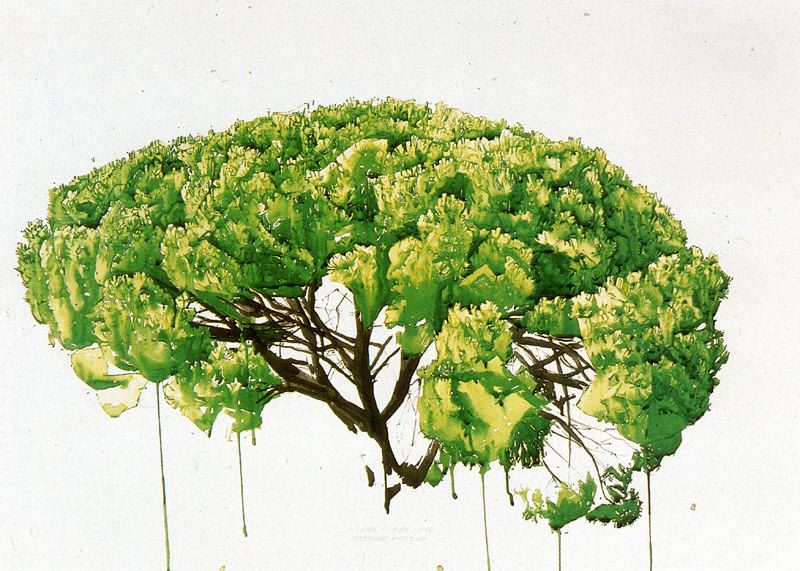
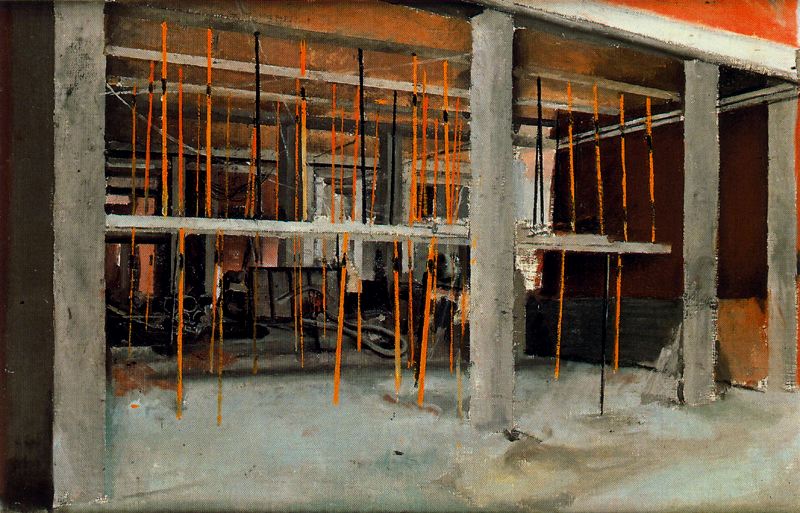
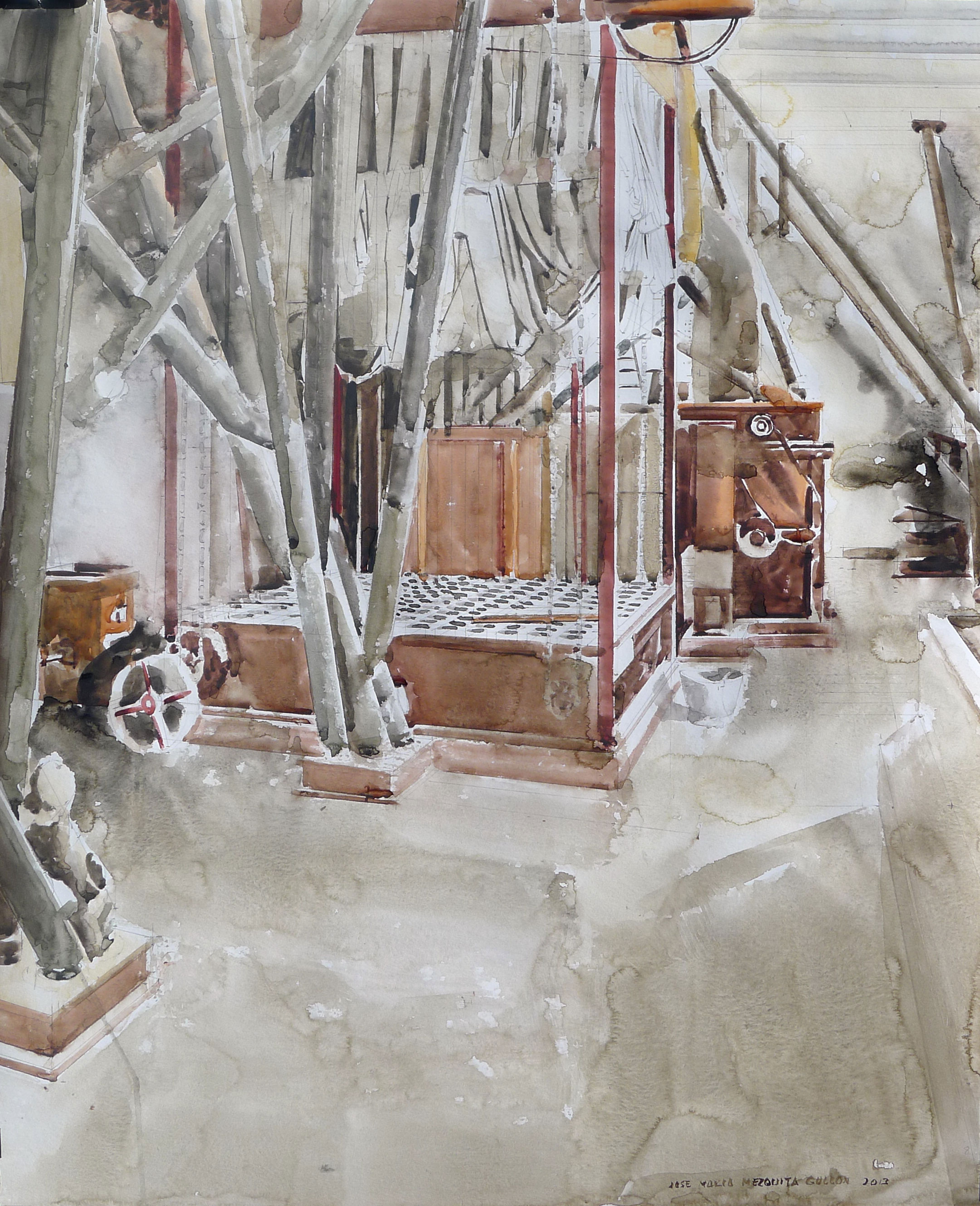
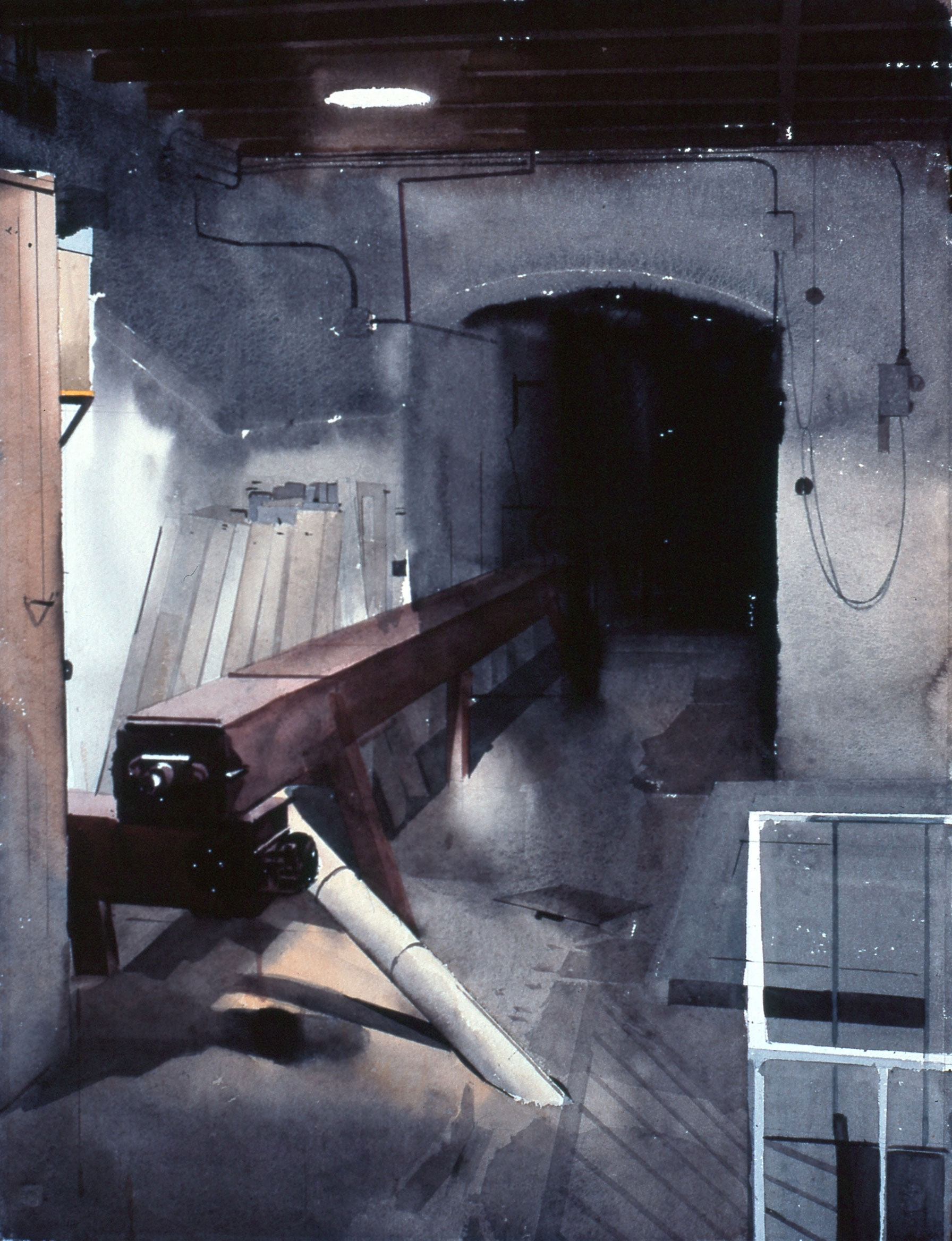
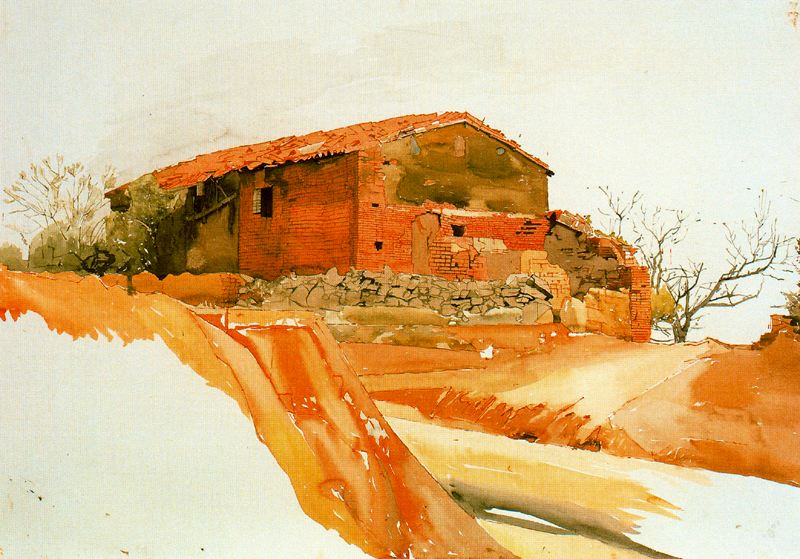
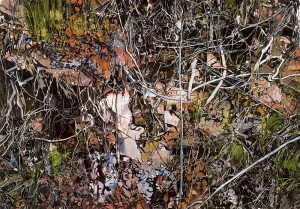
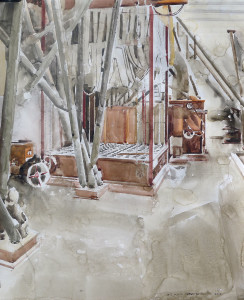
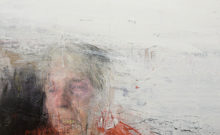
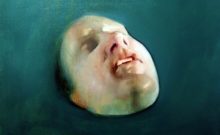
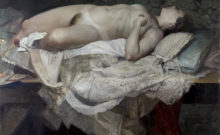
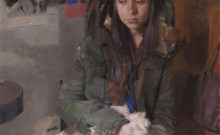
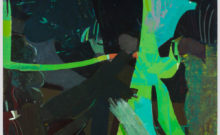
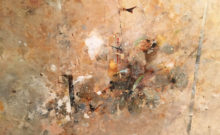
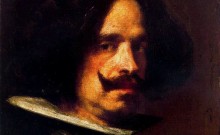
JMBernardoBueno
November 29, 2015 6:48 pmLa entrevista de Jose Maria Mezquita me gustado tanto que la he repetido hasta casi saberla de memoria, tengo en mente un nuevo proyecto en el que estoy trabajando y no puedo empezar si no repaso la entrevista, una y otra vez, tiene algo que me orienta cuando estoy despistado …. o perdido.
Un abrazote Angel.